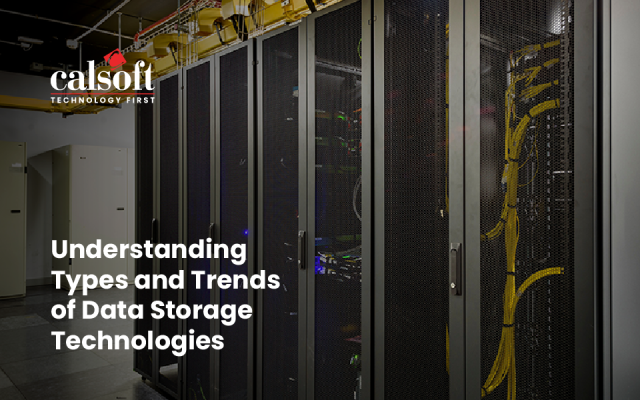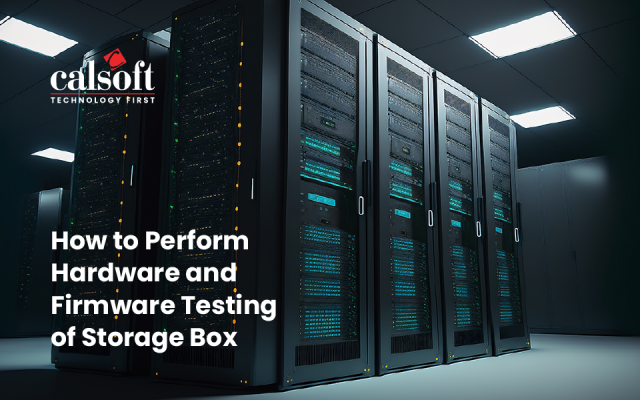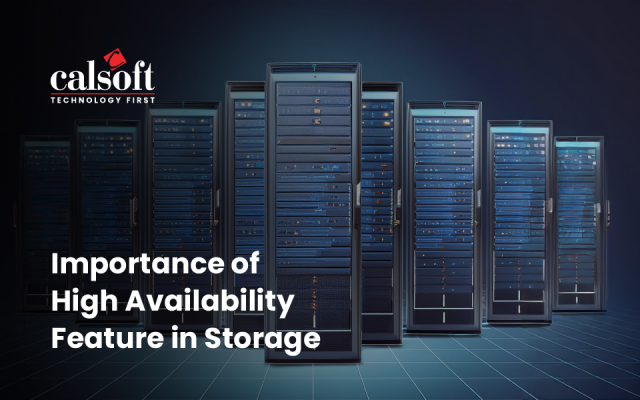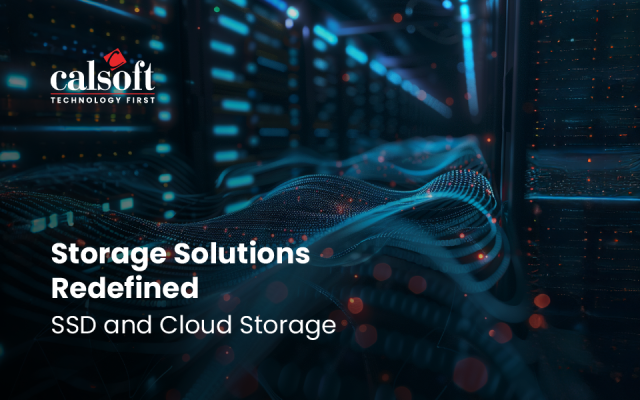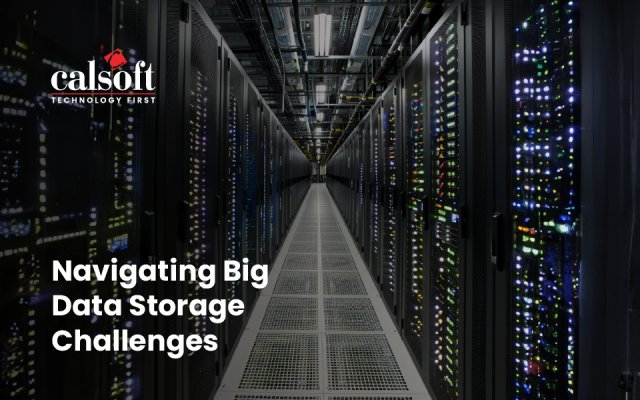By 2026, the market size for Storage-as-a-Service (STaaS) worldwide is forecast to hit an amazing USD 100.21 billion. The digital economy is expanding, fuelled by rising smartphone usage and events like the COVID-19 pandemic. The amount of data is growing at a pace so fast that new terminology may have to be invented to designate the measures.
While processing such massive volumes of data requires powerful computing services, enterprises also need to scout for storage options to park this data and make it available for processing when needed. The costs and management overhead involved in on-premises data center infrastructure is tilting the balance in favor of high-touch on-demand storage services powered by cloud vendors that are popularly known as STaaS.
STaaS in a nutshell
For beginners, STaaS is a new paradigm of universal data storage and management, where businesses can leverage public cloud storage services from Cloud Service Providers (CSVs) to store their data rather than building private digital storage facilities, and gain access when required. STaaS offers flexible cost models wherein businesses only need to pay for the storage resources consumed.
At a superficial level, questions do exist about the difference between STaaS and Public Clouds for on-demand data storage due to the somewhat similar value propositions. Which makes it difficult to choose between the two cloud technologies. But enterprises get much more than on-demand storage with STaaS. STaaS vendors take charge of configuration, installation, tuning, maintenance, and support, as would be the case in the public cloud. Also, most options include value-added options like cloud monitoring and a deeper touch engagement.
Most CSVs allow the facility of managed services wherein enterprises can build or leverage value-added offerings such as custom databases to structure and store data in their desired configuration to allow faster retrieval and computing performance for applications that access the data on demand.
Why is STaaS more relevant today?
CISCO estimates that every 5.32 years, the number of IoT devices in use worldwide doubles in volume. With more consumers relying on connected home appliances and automated smart home technology, the need for cloud services that enable them to work seamlessly also rises exponentially. Most public cloud ecosystems are stretched in their capacity. Usage is growing as use-cases proliferate. For instance, enterprises are turning to cloud-native application development for building their digital ecosystems.
To address the need for faster performance and better-localized computing power, enterprises are increasingly looking at edge computing by making hyper scalable cloud computing infrastructure available closer to where all the action is i.e., the consumer home node or edge of the cloud.
With more devices and computing power required to address the huge volume of enterprise data being generated across traditional cloud networks as well as on the edge, it is natural that storage infrastructure also seeks a more flexible model.
STaaS brings in this flexibility and allows businesses to focus on building their native cloud technology at the edge while storage is handled as a managed service on a consumption-based cost model.
Let us explore the top 3 reasons why enterprises need to bet on STaaS to power their growth in an era of increased consumption of cloud and edge computing:
Reduce Capital Costs
Enterprises are expanding their digital landscape to support edge networks that increasingly power smart consumer devices. They are also building storage infrastructure to support them, especially in locations where their existing storage ecosystem may face bandwidth or latency issues. This demands huge capital expenses. With STaaS, this huge capital expenditure can be reduced and businesses only need to pay progressively for the storage resources they consume from a STaaS provider depending on how much their applications need to store data.
Seamless Management of Storage
With STaaS, businesses can focus on managing their core applications deployed on the cloud without having to worry about the administration and management of their storage configurations and infrastructure. Most STaaS providers today leverage Artificial Intelligence Operations (AIOps) to autonomously handle configuration, scalability, and maintenance of storage networks. This helps reduce any administrative overhead for hardware as well as software components of the preferred storage option on the cloud.
Improved Security
As edge networks expand and billions of consumer devices open up new interfaces for data and information exchange between consumers and businesses, there needs to be a heightened focus on securing all endpoints to protect against cyber threats. Your cloud storage infrastructure is no exception in this regard. With STaaS however, all leading vendors will invest in the best security frameworks, manage access policies, invest in intelligent monitoring and proactive defense tools, and enforce best practices in safe data storage. This means that businesses get to leverage a securely managed storage infrastructure that can facilitate the safe management of critical customer data and credentials.
Gartner predicts that 59% of all enterprise-grade storage will be managed through STaaS partnerships with hybrid multi-cloud deployments. Businesses can re-define connected experiences for consumers by deploying their native cloud applications at the edge, closer to the customer, and with STaaS, the storage infrastructure seamlessly chugs along. Get in touch with us to learn more about how STaaS can enable a better cloud ecosystem for your enterprise’s digital landscape and easily integrate emerging paradigms like edge computing.


